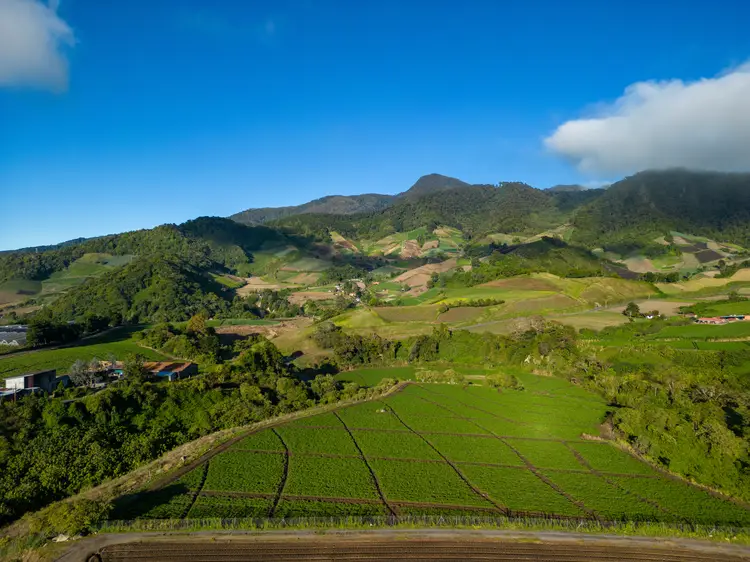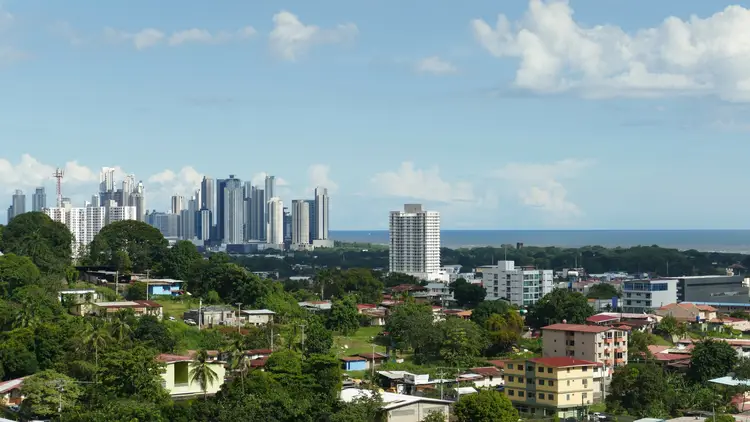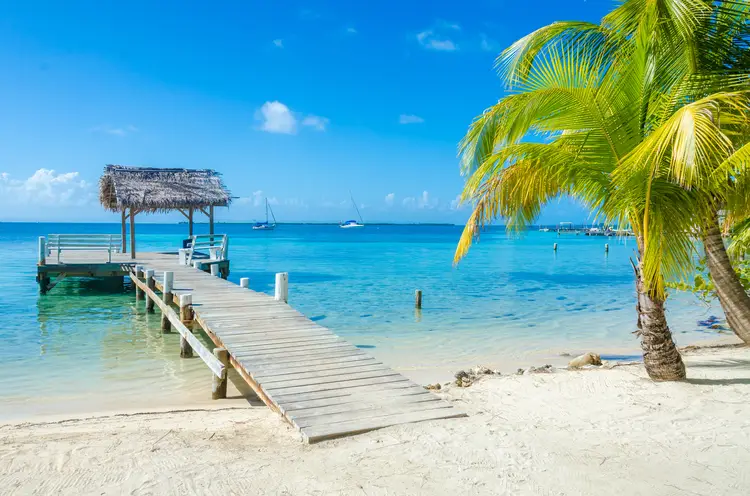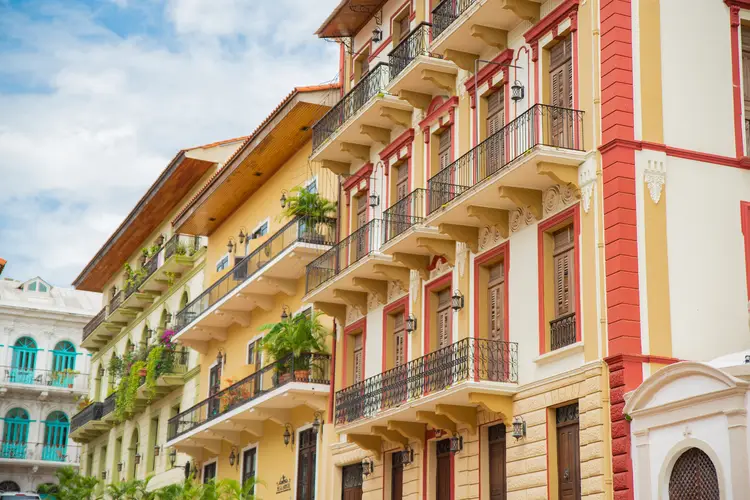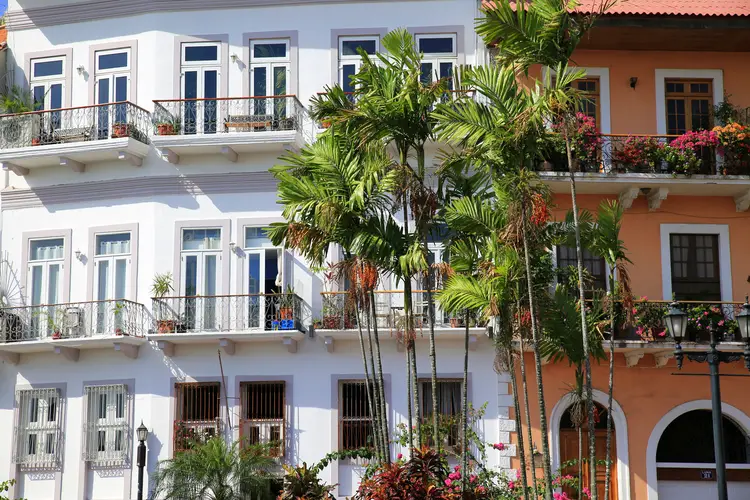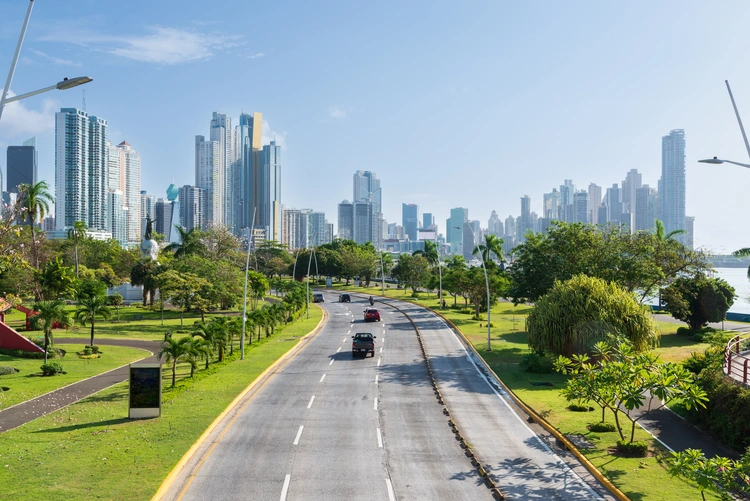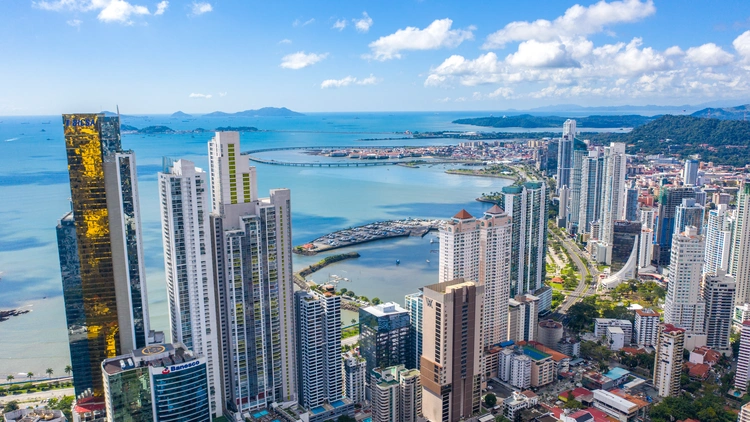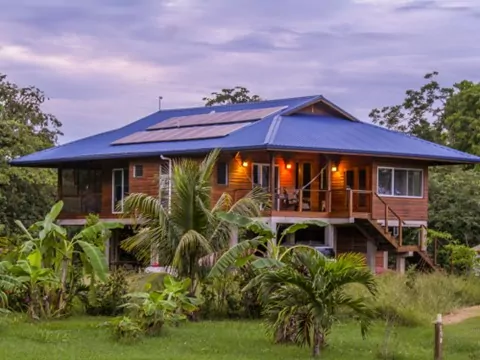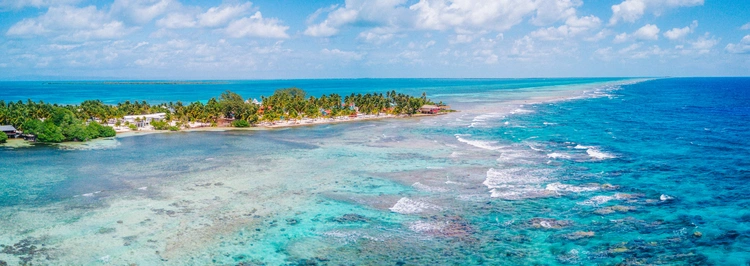Caribbean & Central America
The lush, tropical destinations in the Caribbean and Central America draw thousands of visitors each year. Some of those visitors fall in love with these picture postcard gorgeous countries and decide to live there full-time or at least part of the year when the weather in their home country becomes unbearable.
Most people believe that a Caribbean retirement is only for the very wealthy. That’s simply not true if you know where to look. The places you’ll read about here are beautiful locations, offering a high standard of living, and a cost of living that’s a fraction of what you would spend in a similar location in the States or Canada.
If your overseas living, retirement, or snowbird dream includes powdery white sand beaches, swaying palm trees, and watching the sunset over a turquoise sea, you have plenty of options to consider among the welcoming countries that make up the Caribbean and Central American nations.
Panama, Belize, the Dominican Republic, Colombia, and even Mexico (which is technically located in North America) are some of our favorite countries in this part of the world that should be on your radar.
You can choose from:
- culturally rich historic towns such as Cartagena, Colombia and Santo Domingo, Dominican Republic
- bustling waterfront cities like Panama City, Panama
- laid-back beach towns like San Pedro, Belize,
- cute little Latin American or Spanish-influenced communities,
- unspoiled beaches in the Azuero Peninsula, Panama or Las Terranes, Dominican Republic
- and tourist towns like Cancun and Tulum, Mexico
Just picture yourself enjoying perfect weather every day, taking daily strolls along the beach, feasting on fresh seafood and tropical fruits, and whiling away the hours reading a great book in a hammock. No more shoveling snow, driving in bad conditions, waiting for a short growing season to plant a garden, or hibernating while you wait for the weather to change. In the Caribbean and Central America, you can have the perfect tropical dream life.
Chiriquí Province is the Texas of Panama, full of steers, beers, big hats, and a spirit of independence found nowhere else in the country. Located in western Panama, Chiriquí even declared itself its own republic back in the 60s. It’s famous for agricultural production, particularly cattle. Its capital, David, is a middle-class town built on […]
David, Panama–The Next Boomtown For Smart Investors Read More »
Costa del Este is Panama City’s most exciting neighborhood. It stands out for being the only master-planned community in the city. If you took a quick tour, you’d noticed the wide, well-paved roads with sidewalks, the abundant parking spaces, and the overall high-quality of construction and infrastructure. Every aspect of this neighborhood was designed with
8 Reasons To Put Costa Del Este On Your Radar Read More »
I’ve been in love with Belize since the first time I set foot on its sandy, sun-drenched shores. That was nearly 40 years ago. I was a young girl just starting out. I didn’t know much but enough to recognize the value of what Belize brought to the table. On its Caribbean caye called Ambergris,
A Unicorn In Belize Read More »
In two weeks, I travel to Panama City, Panama, for Live And Invest Overseas’ annual Managers Summit. Along with Kathleen Peddicord and Lief Simon, the core leadership team is getting together to reflect on the past year and discuss our vision for the next five. While I’m looking forward to those all-important conversations… I’m also
5 Panama City Neighborhoods I’m Scouting On My Next Visit Read More »
Panama is a beloved expat haven, home to thousands of expats and retirees from all over the world. It offers something for everyone, with beaches, mountains, cities, and other diverse living environments. One of the most appealing aspects of living in Panama is the opportunity to reduce your monthly cost of living. Housing expenses in
Rent For As Little As $300 Per Month In Panama Read More »
I’m headed to David, Panama, in one month to visit one of the most popular investment opportunities that Live And Invest Overseas has ever offered. The play is an investment in local housing. Panama has a growing middle class but a shortage of middle-income housing. This opportunity addresses that supply-versus-demand situation with support from the
Why Investors Keep Saying Yes To This Clean-Cut Opportunity In Panama Read More »
Panama is no secret anymore. From Forbes to Condé Nast Traveler, Panama is popping up in more and more publications as a place to watch. If you’re a Live And Invest Overseas reader, you know that we go way back with Panama. Kathleen Peddicord and Lief Simon were the first to herald this country’s lifestyle
Like Nothing Else In Panama City… Read More »
“You need to get on a plane.” That was the feedback Kathleen Peddicord got from her property scout when she sent him to Panama for the first time in 1998. Back then, real estate in Panama was a screaming bargain. You could buy big, well-built homes for as little as $20,000. Kathleen did indeed get
Panama Chronicles: Kathleen And Lief’s True Story In Panama Read More »
I first met Phil Hahn in 2010. He had already founded one successful oceanfront development in Belize and was moving on to his next project… a 98-acre inland residential community in the Cayo District that he called Carmelita Gardens. At the time, the project consisted of nothing more than a couple of roads plus a
The Best Place To Escape The World Read More »
“Wow. This is really something.” It was the late 90s, and I was sitting at a palapa in Playa del Carmen, Mexico. The unspoiled beauty of everything that surrounded me had me completely stunned. Back then, Playa del Carmen had a population of about 50,000 people. By the early 2000s, it had become one of
The Next Playa Del Carmen Read More »

